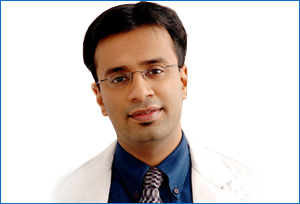Introduction:
Cosmetic procedures are applied so as to improve the visual presentation of the human body. The purpose is optimization of the appearance of the patient in order to improve their self-esteem and social status.
Alternative Nomenclature: :
Aesthetic Plastic Surgical Procedures
Epidemiology:
Cosmetic procedures can be applied to every epidemiology group regardless of age, sex and previous medical background. In that sense, these are ‘want’ based surgeries and not need based surgeries. There no specific epidemiological criteria to determine who may want these surgeries for better appearance.
Classification: :
There are many types of cosmetic procedures available today. However, 4 such interventions constitute.
90% of all these procedures:
Liposuction a.k.a. Lipoplasty– (Also called body contouring) – it is the procedure to remove fat tissues from various parts of the human body and the face, thereby giving the consumer a sharper, more aesthetic body and facial features. Various techniques are used today that don’t necessarily include invasive surgery procedures.
Facelift – the purpose of this procedure is to make the facial skin appear younger by making it tighter and fresh, thereby removing the facial lines and wrinkles, without changing the person’s basic look.
Rhinoplasty – this procedure involves the correction of nasal aesthetic abnormalities and giving the person a more beautiful and aesthetic looking nose. The nose is a major portion of how a person’s face looks and so the rhinoplasty can completely change the look of a person.Breast Augmentation and Lift– this procedure is applied exclusively on women who desire to increase the size of their breasts or restore them to a younger previous condition.
Risk Factors:
Anyone and everyone can use cosmetic plastic surgery to look their best. Plastic surgery today is more titrable and results are more predictable than at any other time in human history so if someone desires it, most likely it can be done.
Investigations:
The doctor has to investigate not only, if the procedure is necessary but also, if the body of the patient is in place to face such a procedure without being in the high risk group.
Not all cosmetic conditions that require care need to be confronted with invasive surgical procedures. The age, sex and weight of the patient are very important factors that will ultimately indicate the applied treatment.
Medical Management:
Usually has to do with cosmetic procedures that are applied to the skin with the purpose of making it look younger and healthier.
Surgical Care:
When the change in the appearance is more extended, it demands some kind of surgical procedure. A number of new techniques have been introduced during the last decade that use ultrasound and laser equipments.
Complications of Treatment: :
Like all treatments complication can’t be excluded.
Complications of medical management – These complications are usually limited to the skin. They have to do mainly with the sensitivity of the skin, other kind of medications that the patient may consume as well as the age and health condition of the patient.
Complications of surgical care – These complications are usually those that are demonstrated in all surgical interventions like infection and bleeding.
Prognosis:
These procedures are usually routine now days and they present very high levels of success.
Prevention of the Procedure:
In most cases the cosmetic intervention can be prevented if the person decides to follow a healthier life-style that includes a change in the diet as well as exercise. In some cases however (for example breast augmentation) a cosmetic procedure is the only choice.


